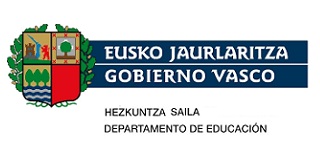Final statistics of the conference
- 4 Keynote talks and 92 papers.
- 146 participants from 21 countries.
- Almost 500 comments posted. Average 5 comments per video presentation.
- Over 22500 page views and 4200 video views, 154 views per participant and 28 views per video.
- The Best Work Award: ‘’ Influence of lubrication condition on the surface integrity induced during drag finishing’’, by I. Malkorra, F. Salvatore, J.Rech, P. Arrazola, J.Tardelli, A. Mathis. Congratulations!
Main conclusions of the conference and future outlook
- A wide variety of conventional and non-conventional machining and finishing processes have been presented studying their effect on the surface integrity of different materials. This knowledge helps to optimize manufacturing processes, to ensure or improve surface integrity properties. The Surface Integrity community should keep working on this, and try to develop new processes that enhance the surface integrity of parts.
- Surface integrity can be evaluated by using many parameters and can be analyzed using a wide variety of techniques. However, there are no regulated standards or guidelines to define parameters and characterize surface integrity. The surface integrity community should develop these standards and guidelines. Although extensive discussions on re-defining SI took place within a CIRP Collaborative Work, still the only reference we have is ANSI B211.1 from 1986.
- Additive manufacturing (AM) is an emerging technology. The surface quality of parts produced by AM is not sufficient for many applications and development of finishing processes providing a desired SI is a must.
- Many of the presented studies reported the effect of process parameters on surface integrity, but only a few works presented in-process measurements to control the generated surface integrity. In future work, we should try to develop techniques to control surface integrity in-process, and apply Industry 4.0 and Process Signature concepts.
- Although we highlight that surface integrity affects the in-service performance of the part (fatigue behavior, corrosion strength, optical properties etc.), very few works reported the connection between surface integrity and final performance. We should work more intensively to understand this link.
- Surface Integrity models are improving and increasing their accuracy to predict surface integrity parameters. Most of them focus on the prediction of residual stresses or hardness of the surface layer, but other aspects of surface integrity (development of white layers, cracks, severe plastic deformation, surface defects, etc.) are reported in isolated works. Models of the future should predict a more comprehensive view of surface integrity and also the final performance. To improve these numerical models it is necessary to advance material behavior models and friction models.
Sponsorship
Gold
Silver
Supporter and public funding


)






